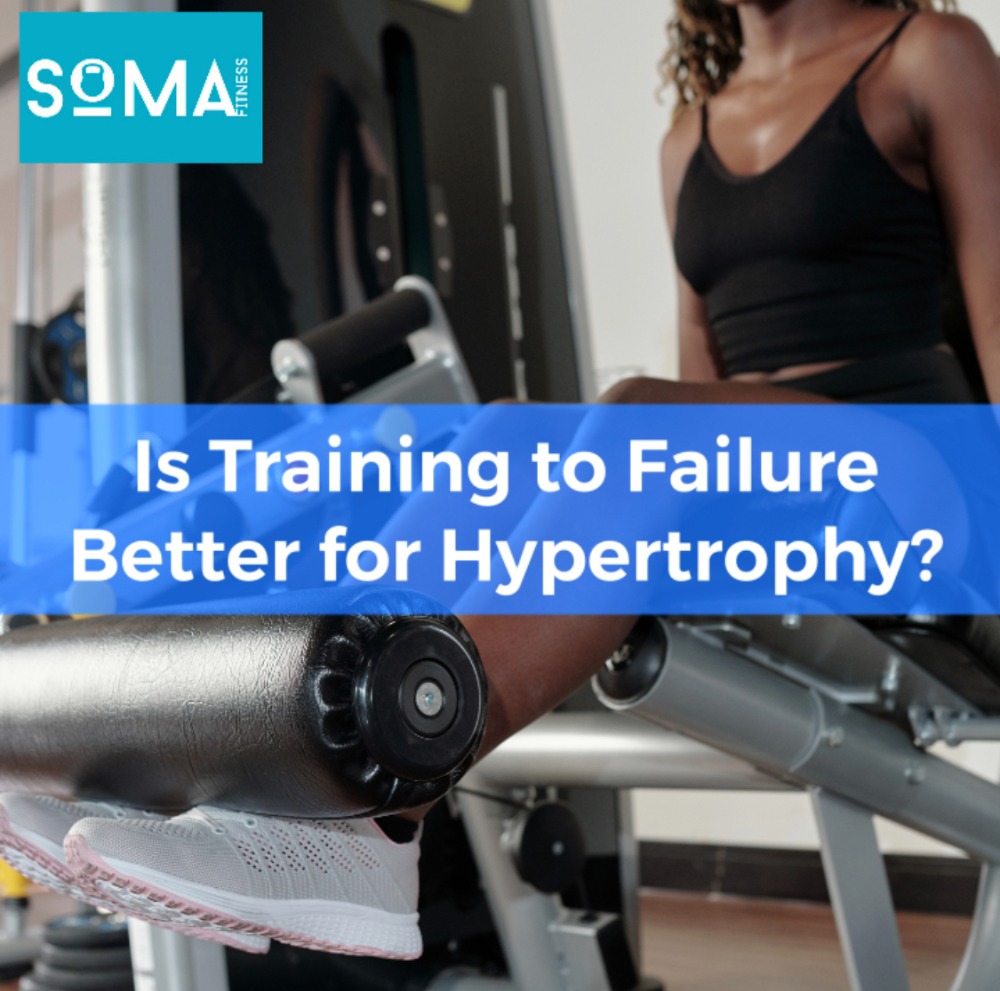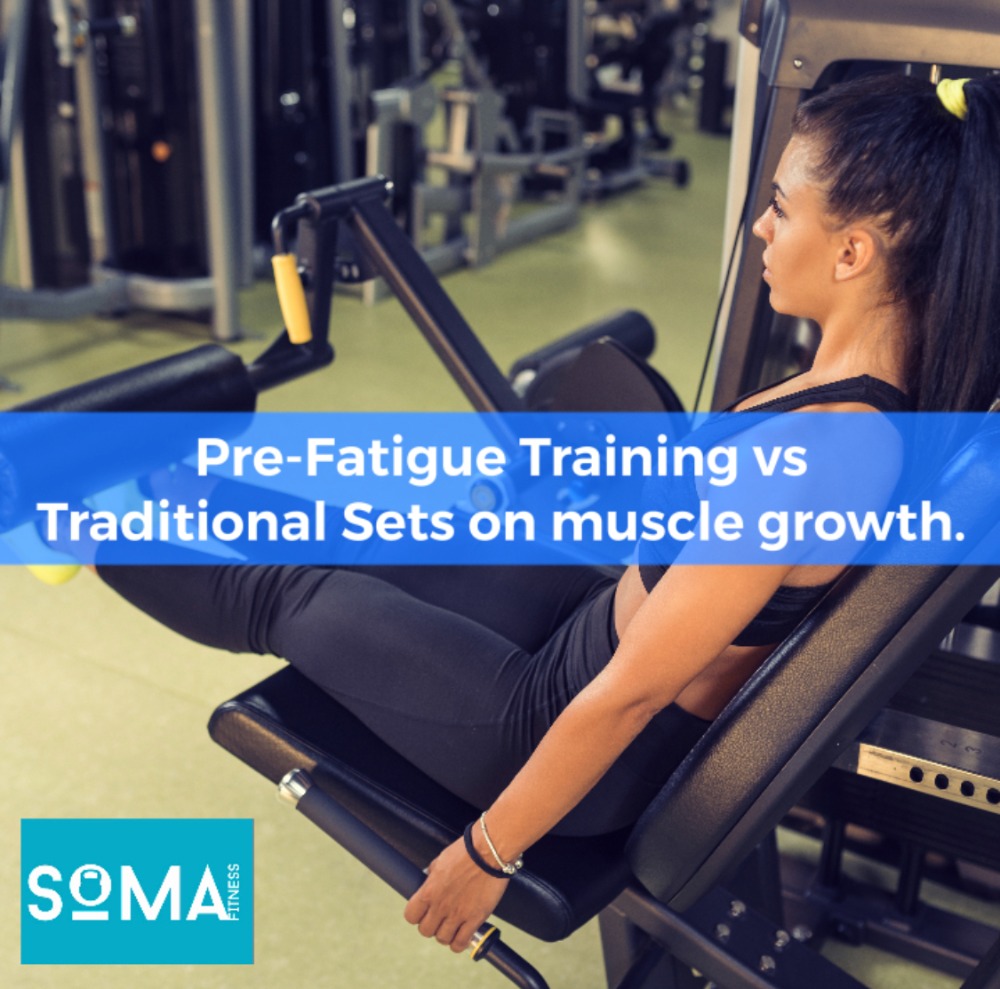How to break your snacking habits

We all love a snack and snacking can be a great way to fuel your body and keep your energy levels up, but it can also lead to weight gain and other health problems if you’re not careful and make the right choices. We are going to go over some tips and strategies for breaking your snacking habits and developing healthier habits in their place.
- Identify your triggers: Before you can start breaking your snacking habits, it’s important to understand what triggers your snacking in the first place. Common triggers include boredom, stress, and certain times of the day. Once you know what your triggers are, you can start to develop strategies for avoiding or managing them.
- Plan ahead: One of the best ways to avoid snacking is to plan ahead. Make sure you have healthy snacks on hand, like fruits and vegetables, so that you can grab something when you feel the urge to snack. You can also plan your meals in advance so that you know you’ll have something to eat when you’re hungry.
- Find healthy alternatives: If you’re used to snacking on junk food, it can be hard to break that habit. But by finding healthy alternatives to your favourite snacks, you can still enjoy the flavours you love without the added calories and unhealthy ingredients.
- Get moving: Exercise is a great way to reduce stress and boost your energy levels, which can help reduce the urge to snack. Try to get at least 30 minutes of physical activity every day, whether it’s a workout at the gym, a walk, or a yoga class. If you have enough in your budget to hire a personal trainer this can be a great way to learn the skills on how to exercise correctly.
- Be mindful: Be mindful of your snacking habits. Pay attention to when, where, and why you snack, and try to be aware of your body’s signals of hunger and fullness. By being mindful of your habits, you can make better choices about when and what to eat.
- Stay Hydrated: Thirst can make people eat more and increase the urge to snack. When we feel thirsty, our body is actually signalling that it needs water. But sometimes, our brain can confuse thirst for hunger, which can lead us to eat when we actually need to drink. Drinking water can help to curb your appetite and reduce the urge to snack, as well as keep your body hydrated. It’s also important to make sure you are drinking enough water throughout the day, so that you’re not getting dehydrated and mistaking it for hunger. Drinking water before a meal or snack can also help you feel more full and eat less.
Breaking a snacking habit can take time and effort, but with a little patience and persistence, you can develop healthier habits that will benefit your overall health in the long run. Remember to be kind to yourself and don’t get discouraged if you slip up. Don’t give up just keep moving forward and you’ll get there.




 When we exercise, our bodies require energy to cause our muscles to contract, resulting in movement, cardiac muscle to contract more frequently and powerfully to increase blood flow and smooth muscle, such as the muscles in our respiratory system, to increase the amount of oxygen we take into our bodies. Energy can otherwise be called Adenosine Triphosphate (1 molecule of adenosine and three molecules of phosphate) or ATP for short. The body has 3 systems that it can create ATP from and, although we always use all 3 simultaneously, there will always be one system that is much more predominant than the others, based upon the activity and environment you’re in. This article will go more in-depth about the ATP-PC system or Alactic System and also how you can focus you’re training to improve its efficiency to further benefit your performance in the gym.
When we exercise, our bodies require energy to cause our muscles to contract, resulting in movement, cardiac muscle to contract more frequently and powerfully to increase blood flow and smooth muscle, such as the muscles in our respiratory system, to increase the amount of oxygen we take into our bodies. Energy can otherwise be called Adenosine Triphosphate (1 molecule of adenosine and three molecules of phosphate) or ATP for short. The body has 3 systems that it can create ATP from and, although we always use all 3 simultaneously, there will always be one system that is much more predominant than the others, based upon the activity and environment you’re in. This article will go more in-depth about the ATP-PC system or Alactic System and also how you can focus you’re training to improve its efficiency to further benefit your performance in the gym.




Recent Comments